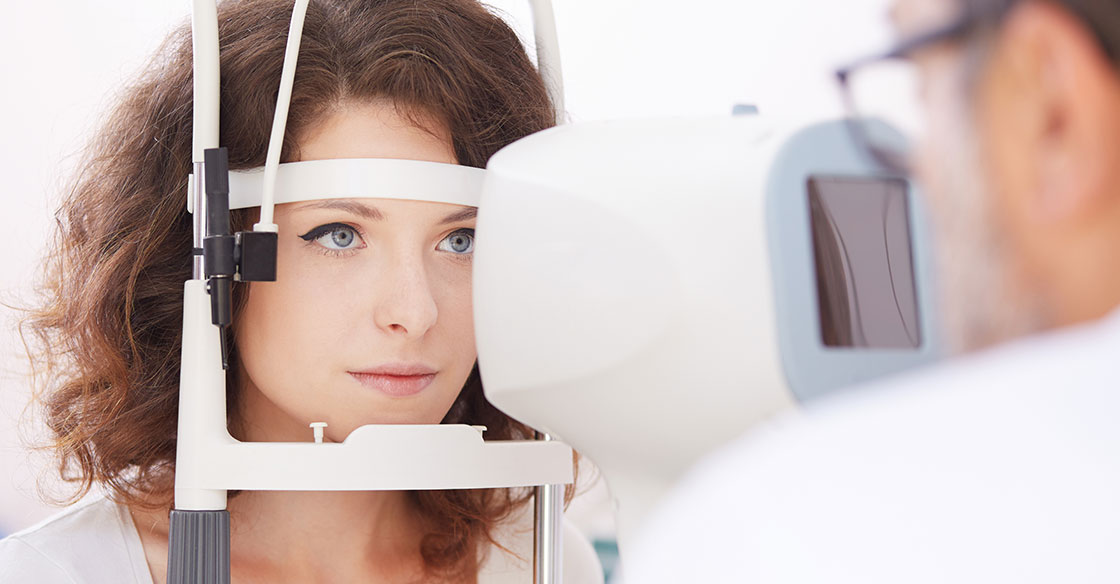5 Early Signs of Astigmatism and How to Correct It

What is Astigmatism?
Astigmatism is a condition in which the smooth and clear dome-shaped covering of the iris, called the cornea, has an irregular shape. Due to the irregularly of the cornea, light rays do not focus on the retina properly, causing blurred and distorted vision. People with astigmatism also tend to have refractive errors like nearsightedness or farsightedness. Some early signs of astigmatism are:
- Blurred vision
- Distorted vision
- Frequent headaches
- Squinting to see clearly
- Eye strain and fatigue
These signs may not necessarily mean you have astigmatism, but they are an excellent reason to visit your optometrist to get some eye check-ups done.
Causes of Astigmatism
Astigmatism is a prevalent condition that is usually inherited. It is imperative for children to get tested early to take preventative efforts or to slow the progression of this condition. Going to a medical professional is also essential if they the slightest sign that they suffer from any vision problems.
The cause of astigmatism is due to the irregular shape of the cornea. There are a few types of astigmatism that one can develop, each resulting in blurry or distorted vision. Some forms of astigmatism can be a sign of keratoconus, a cone-like bulging of the cornea.
Can Astigmatism get Worse?
Astigmatism can, and most likely will, change throughout your life. It often gets worse as you age. Fortunately, we’ve found that vision can be corrected with glasses, contact lenses, or corneal refractive therapy.
Can a Child Outgrow Astigmatism?
Although this is a small possibility, there is no sure way of knowing whether a child will or will not grow out of the need for corrective measures for astigmatism. Most of the time, astigmatism slowly gets worse with age. Luckily, there are many treatment options available that can be used to correct vision.
In Case of an Astigmatism Diagnosis
If your beginning to notice early signs of astigmatism, it is time to consult with your eye doctor. Your eye doctor can diagnose astigmatism with a comprehensive eye exam. Your doctor will check your visual acuity, which usually entails reading out letters to understand the clarity of your vision from certain distances. Lenses with different powers will be placed on your eyes to understand which prescription will allow for you to see. The curve of your cornea and lens will be measured with a keratometer to get additional insight into the shape of the corneal surface. After an accurate diagnosis, your eye doctor will recommend treatment options.
How to Correct Astigmatism?
Mild to moderate astigmatism can be corrected with prescription glasses. Understanding your eyeglass prescription will help you acknowledge the necessity of corrective vision. Other options available include contact lenses and refractive therapy. In the past, the only available lenses for astigmatism were rigid contact lenses (also known as GP lenses). Now, a variety of different soft lenses can be used to correct astigmatism. Depending on the severity of your astigmatism, your doctor will recommend the right vision corrective treatment available for your eyes.
Your optician may also suggest refractive surgery procedures to correct astigmatism. These include options like LASIK, where a laser is used to reshape the cornea.
Regular eye check-ups with your optometrist are vital, especially when it comes to determining early signs of astigmatism. Simple problems like headaches or squinting should not be overlooked as they can mean you may have refractive errors, which can be easily corrected by prescription glasses or lenses.
Talk to your optometrist if you suspect having any of the above-mentioned early signs of astigmatism and remedy it in time.
